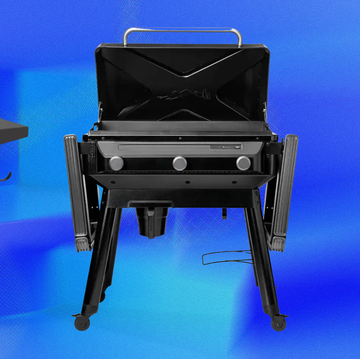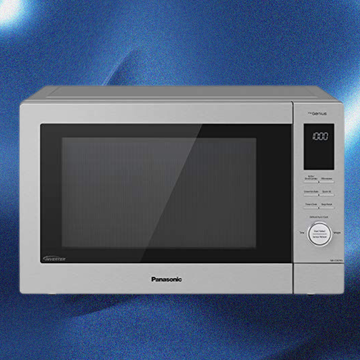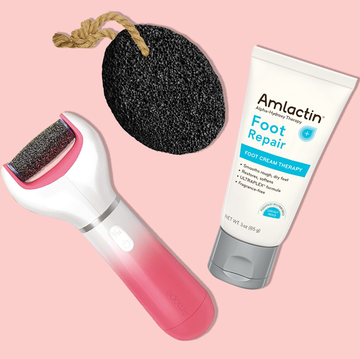5 Best Telescopes for Kids
Want to give them the moon? These beginner telescopes are good for the whole family.
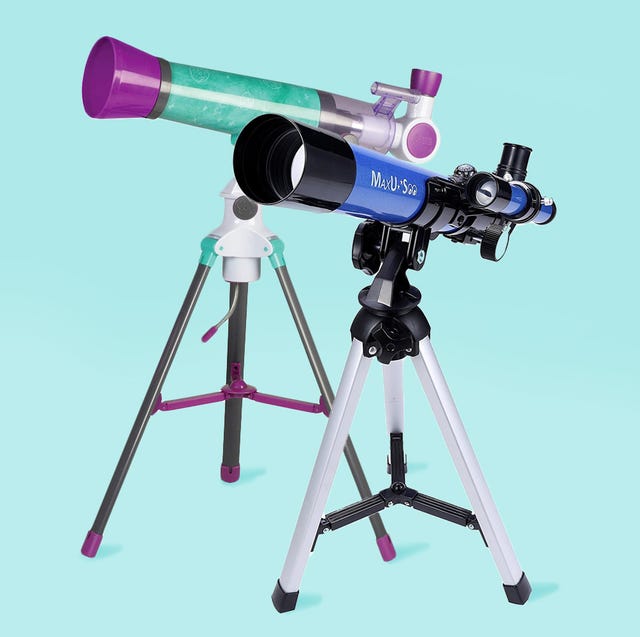
We've been independently researching and testing products for over 120 years. If you buy through our links, we may earn a commission. Learn more about our review process.
Children love looking up at the stars and imagining distant galaxies, but with just their eyes, they can only see so much. Telescopes for kids can help them explore stars and planets, stimulating their imagination and firing their curiosity.
Telescopes work by using a lens or curved mirror to gather and focus light from the sky so you can see the stars and planets more clearly. The ability to collect light is related to the diameter of the lens or mirror (a.k.a aperture); the larger the aperture, the more detail you can see.
Having trouble choosing the best telescope to buy? Our Good Housekeeping Institute pros evaluated them and chose top-tested brands, telescopes with innovative features and products with rave online reviews for this list while keeping everything budget-friendly.
Emma Seymour (she/her) is the associate director of the Good Housekeeping Institute's Textiles, Paper and Apparel Lab, where she has led testing for luggage, pillows, towels, tampons and more since 2018. She graduated from Cornell University with a bachelor of science in fiber science and apparel design and a minor in gerontology, completing research in the Body Scanner Lab on optimizing activewear for athletic performance.
Jessica (she/her) is a freelance writer with several decades of experience writing lifestyle content and evaluating home and parenting products. A mom of two teens and two cats, her previous work can be seen in American Baby and Parents.


The 15 Best Natural and Organic Sunscreens

The Best Mosquito Repellents
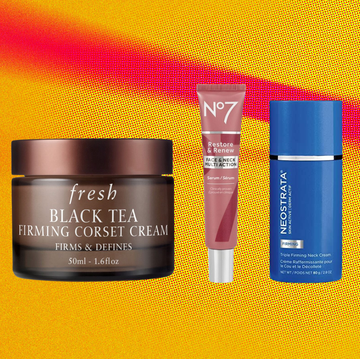
The Best Neck Firming Creams
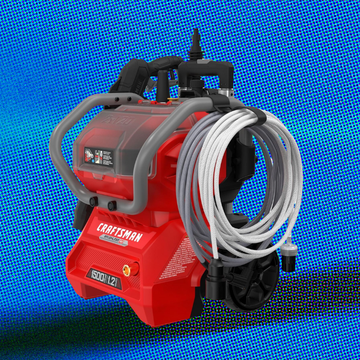
The Best Pressure Washers












